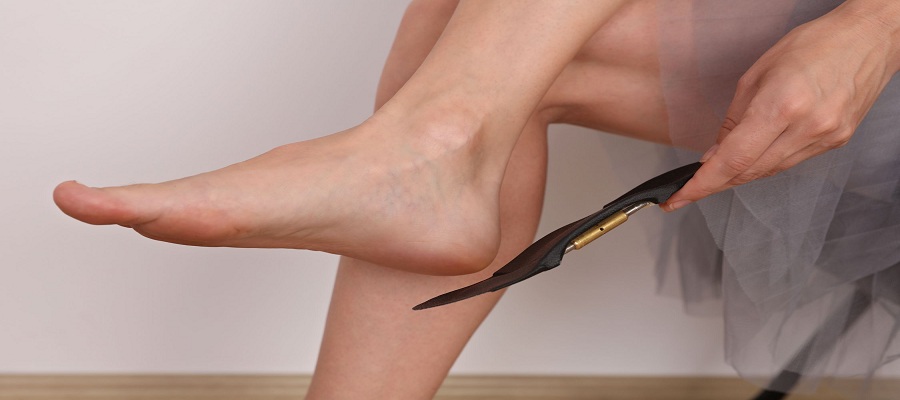The main function of an orthopedic insole is the distribution of plantar pressures in a way that avoids excess load on the tissues of the foot.
You must keep in mind that an orthopedic insole has no corrective ability, in fact, it is like a crutch for your knee. If you have knee pain and support part of the weight of your body on crutches, you will not feel so much pain. It is the main and real function of an orthopedic insole.
It does not have the ability to heal the injuries. An orthopedic insole cannot modify the tissue repair processes, but it can prevent tension and pressure on an injured tissue. To this end, the insole should be used in acute phases of injury, serious injuries and structural foot problems. They should never be used as the first choice and should be used for the shortest possible time if you want to continue to maintain the healing and balancing capacity of our body. The orthopedic insoles weaken the muscles of the foot affecting the rest of the body.
All children have flat feet and with maturation of their musculoskeletal system, their feet will become normally curved; some children take longer to mature. If your child carried orthopedic insoles, his feet will cease to be flat. However, children should never wear orthopedic insoles, in fact, they should not even wear shoes. The insoles and the footwear obstruct the musculoskeletal development. There are countries where it is prohibited to place orthopedic insole for children under 11 years of age.
Some alterations of the musculoskeletal system such as scoliosis are the result of the combination of insoles, footwear, glasses and orthodontics that cause serious interference in the maturation of this system. There are very few individuals who have scoliosis before age 9.
- A flat foot is not a sick foot; there are marathon runners who have flat feet and run barefoot normally.
- The type of foot in which orthopedic insoles may be placed are cavus feet.
- The orthopedic insoles should be used in an adult with acute injury for a sufficient time to avoid tension and pressure in the injured tissues while developing a tissue, biomechanical and neuromuscular recovery strategy.
- In cases of serious injuries that cannot be solved, they might be used but not permanently, as we must give our body a choice to find a way to compensate for this injury.
- In structural foot problems, the orthopedic insoles are used during activities that cause pain, while in rest of the activities, they should not be used.
You can read more here about the best orthopedic insoles available on the market?






